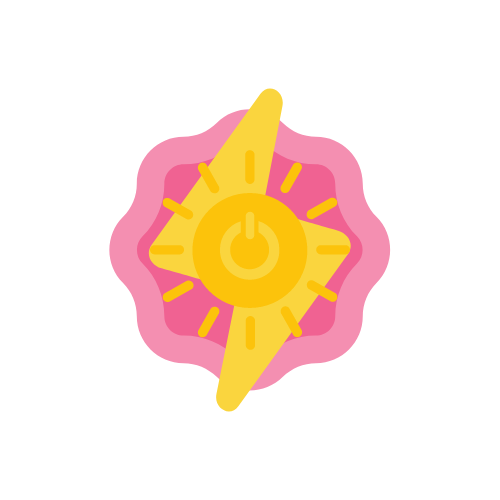Hormesis refers to adaptive responses of biological systems to moderate environmental or self-imposed challenges through which the system improves its functionality and/or tolerance to more severe challenges and stress.
Hormetic stress is a term used to describe a beneficial type of stress that can actually help improve our health and well-being.
Have you ever pushed yourself to a workout you were avoiding and persevered through the intensity of the exercises to experience a surge of positive energy afterward? Or strolled in the freezing cold just enough to feel refreshed? This phenomenon is known as hormesis.

Originating from the same Greek root as the word hormone, hormesis means “to set in motion, impel, urge on.” When exposed to a new or difficult stimulus, whether chosen by us or due to the environment, our nervous system reacts.
Through hormesis, this response involves a small dose of the challenge itself. In small amounts, something that would normally overwhelm us becomes a way to enhance our ability to handle stress in the long run.
To develop muscle, we must push our muscles beyond their current limits, causing micro tears in the fibers. The body responds by creating temporary connective tissue to repair the tears. With repeated stress, the body signals a need for more muscle mass, leading to the transformation of the temporary tissue into muscle fibres. This process results in increased strength. By challenging our bodies through exercise, we unleash the potential for greater power.
Now let’s take this one step further—where do you need more strength, more resilience? Hormesis invites us to repeatedly use what we need in small doses to urge on our nervous system and build deep resources within ourselves. Self-care can show up as doing what we might not like or prefer, but what we may need most—little by little, again and again.
—Omni Kitts Ferrara
There are a variety of different types of hormetic stress, such as cold exposure therapy, sauna usage, massage, exercise and even intermittent fasting. WARNING when adding a hormetic stressor it is important to start really, really slow.
- Cold exposure therapy – this could consist of swimming in cold water, ice baths or turning off the hot water tap at the end of your shower. Start with quick durations and when your body starts shivering this is the time to get out.
- Saunas – these can be tradition steam saunas, infrared, dry sauna, or steam baths. There are lots of reasonably inexpensive ways to set up a sauna in your own home.
- Massages – these should be only be done by practitioners who have qualifications as deep tissue massaging can mobilse toxins.
- Exercise – during this stage you will switch up your exercise from restorative forms of exercise to more intensive forms of exercise such as HITT training, sprints or harder workout sessions.
- Fasting – there are lots of ways to fast but it’s important to work your way up to longer fasts. A great way to begin is to just reduce your eating window. So this might include having a later breakfast/earlier dinner or skipping one of these meals altogether. As you get used to a reduced eating window, you might be able to fast for longer periods such as 24 or 48 hours.



